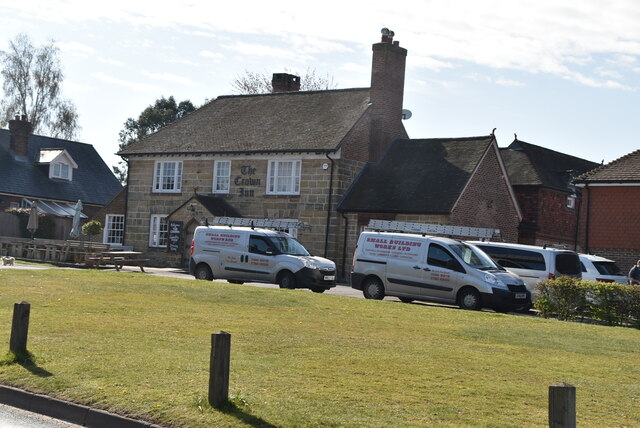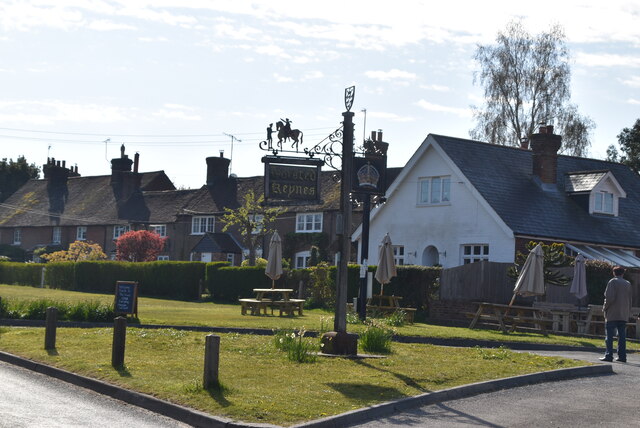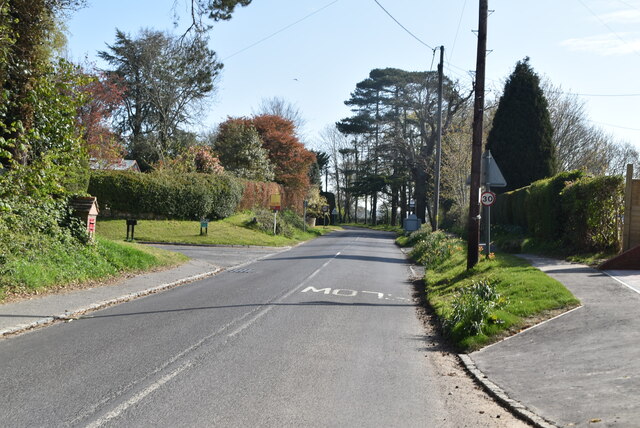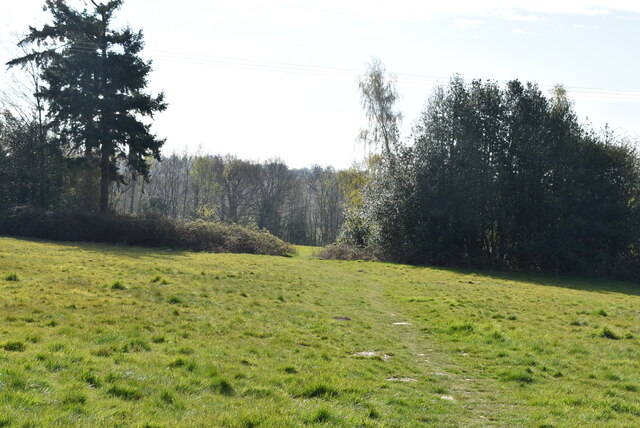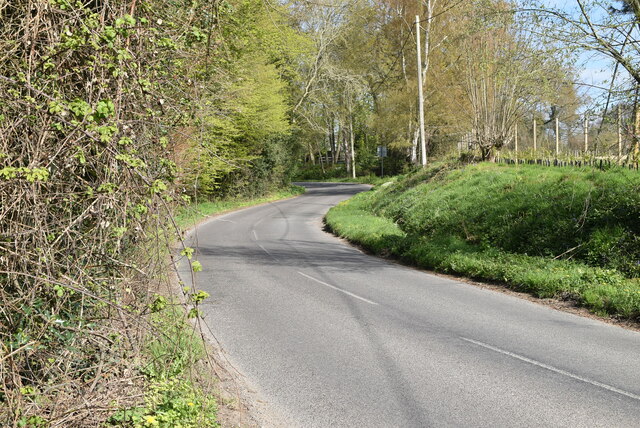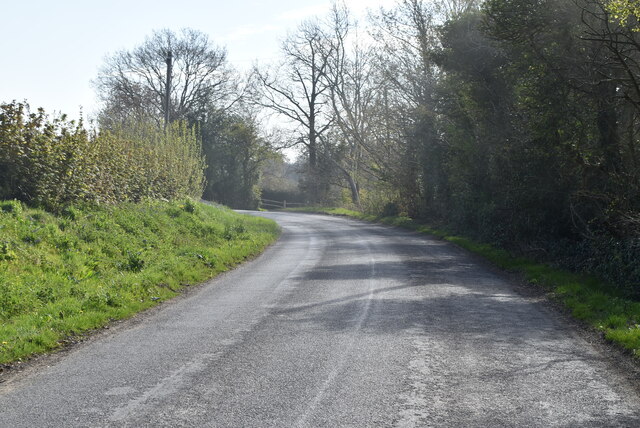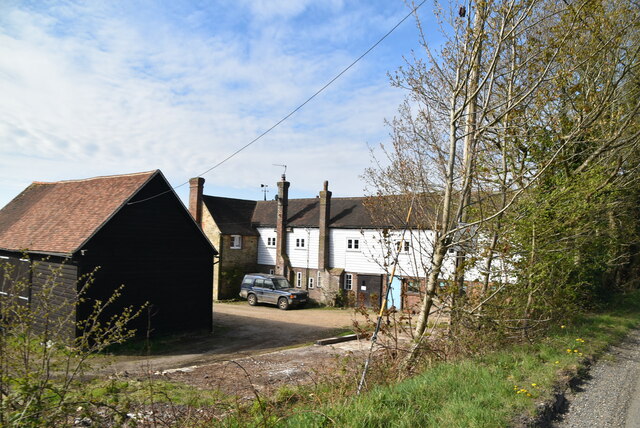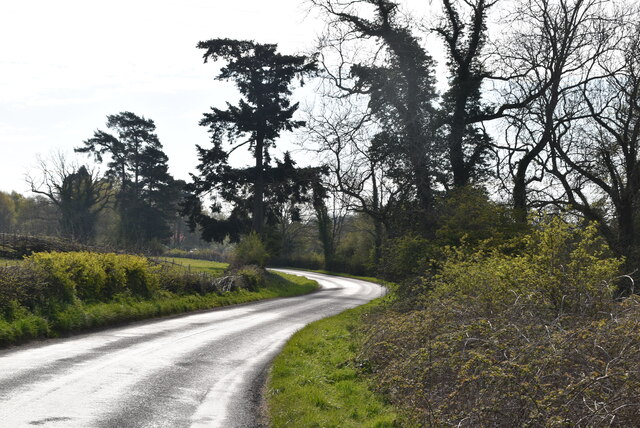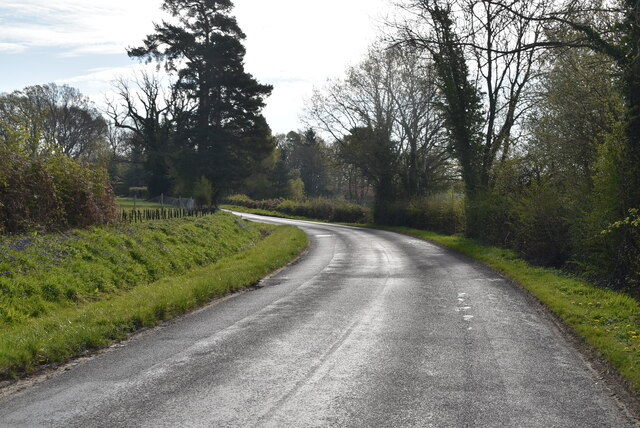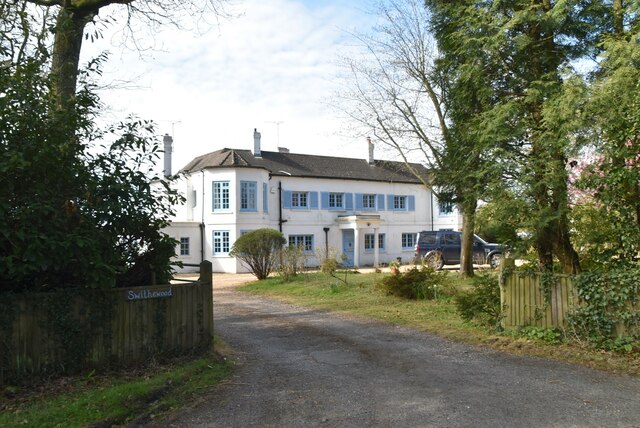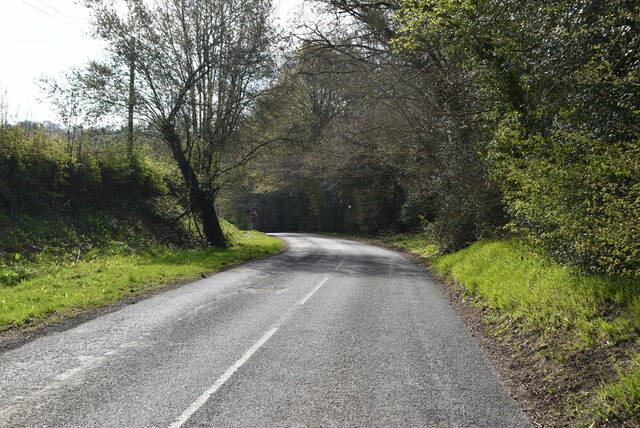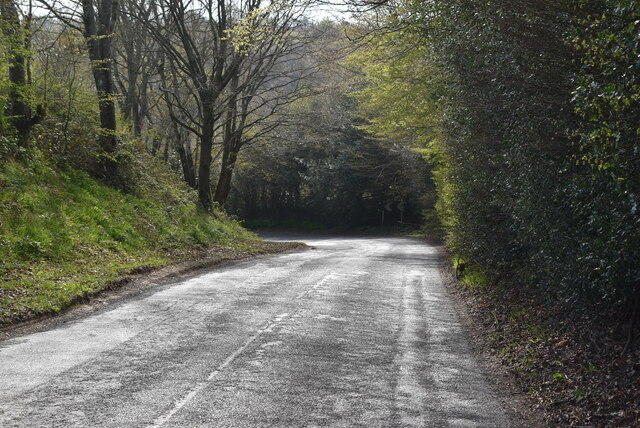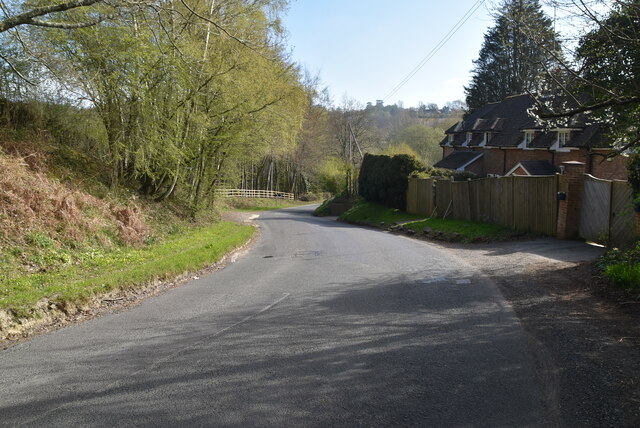Entrance Wood
Wood, Forest in Sussex Wealden
England
Entrance Wood
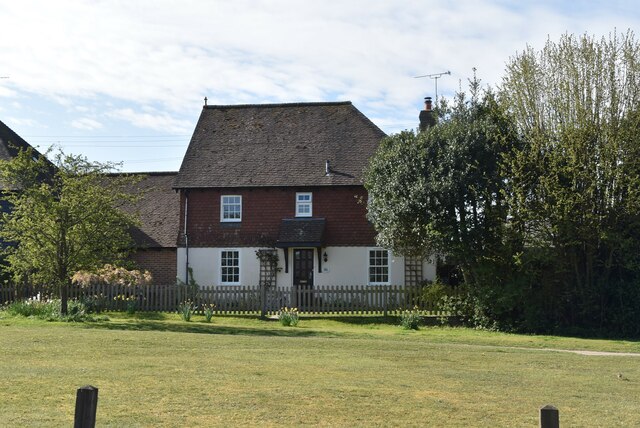
Entrance Wood is a picturesque woodland located in Sussex, England. Situated in the heart of the county, this enchanting forest offers visitors a tranquil escape from the hustle and bustle of everyday life. Covering an area of approximately 50 acres, Entrance Wood boasts a diverse range of flora and fauna, making it a haven for nature enthusiasts.
The woodland is characterized by its dense canopy of towering trees, which include a variety of species such as oak, beech, and birch. These majestic trees create a soothing ambiance, providing shade and shelter for the abundant wildlife that calls the forest home. Visitors can expect to encounter a rich array of bird species, including woodpeckers, nightingales, and various songbirds.
Entrance Wood is also home to a network of well-maintained trails, allowing visitors to explore the forest at their leisure. These trails wind their way through the woodland, offering glimpses of hidden ponds, meandering streams, and vibrant wildflowers. With its peaceful atmosphere and natural beauty, Entrance Wood is the perfect spot for a leisurely stroll, a family picnic, or even a peaceful meditation session.
The forest is easily accessible, with ample parking available for visitors. It is also worth noting that Entrance Wood is a popular location for organized outdoor activities such as nature walks, educational programs, and wildlife spotting tours.
Overall, Entrance Wood is a captivating natural oasis, offering a serene and immersive experience for anyone seeking solace in nature.
If you have any feedback on the listing, please let us know in the comments section below.
Entrance Wood Images
Images are sourced within 2km of 51.022262/-0.019302324 or Grid Reference TQ3926. Thanks to Geograph Open Source API. All images are credited.

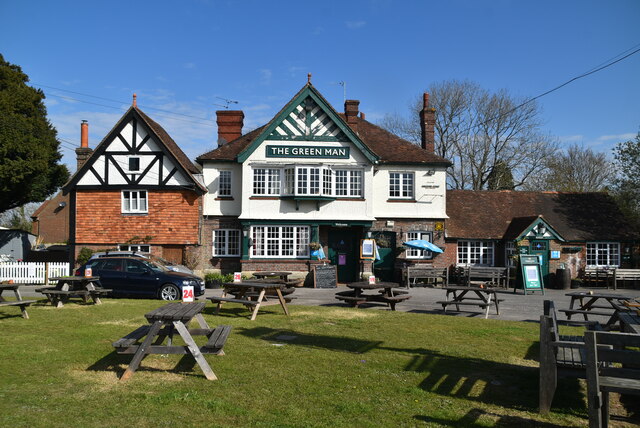
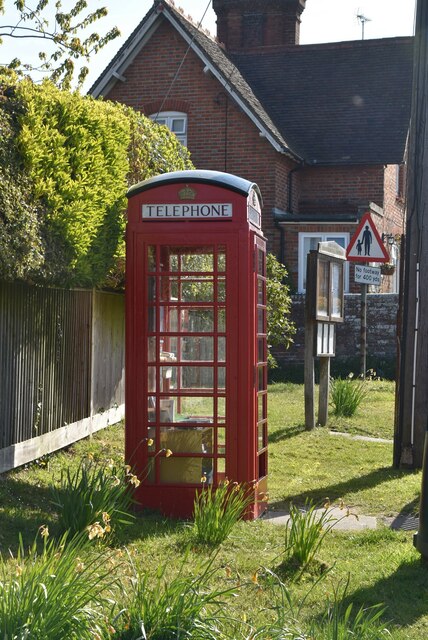
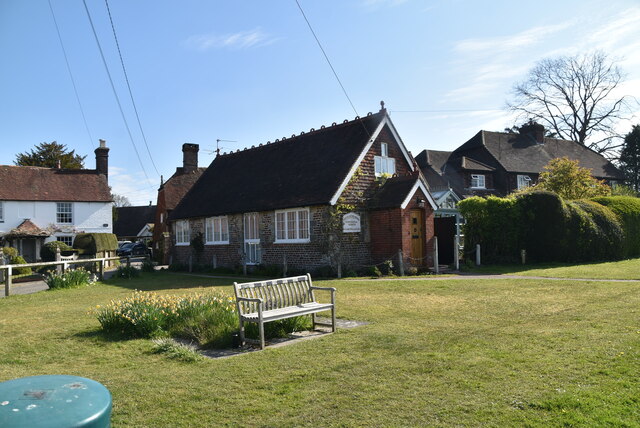
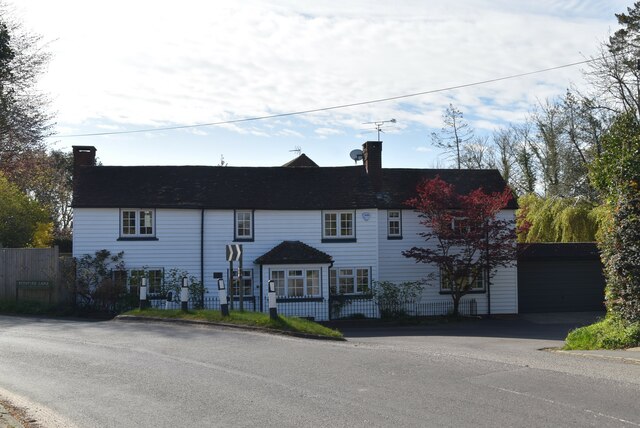
Entrance Wood is located at Grid Ref: TQ3926 (Lat: 51.022262, Lng: -0.019302324)
Administrative County: East Sussex
District: Wealden
Police Authority: Sussex
What 3 Words
///proved.pilots.vanished. Near Horsted Keynes, West Sussex
Nearby Locations
Related Wikis
Freshfield Lane
Freshfield Lane is a 17-hectare (42-acre) geological Site of Special Scientific Interest east of Haywards Heath in West Sussex. It is a Geological Conservation...
Horsted Keynes
Horsted Keynes KAYNZ is a village and civil parish in the Mid Sussex District of West Sussex, England. The village is about 5 miles (8 km) north east...
Danehill, East Sussex
Danehill is a village in East Sussex, England. == Religious sites == There are two Anglican churches in the parish: one at Danehill (dedicated to All Saints...
Furner's Green
Furner's Green is a hamlet in the civil parish of Danehill in East Sussex, England. == Geography == Furner's Green lies on the Greenwich Meridian about...
St Giles' Church, Horsted Keynes
St Giles' Church is an Anglican church in the village of Horsted Keynes in Mid Sussex, one of seven local government districts in the English county of...
Bluebell Railway
The Bluebell Railway is an 11 mi (17.7 km) heritage line almost entirely in West Sussex in England, except for Sheffield Park which is in East Sussex....
Lindfield & High Weald (electoral division)
Lindfield & High Weald is an electoral division of West Sussex in the United Kingdom, and returns one member to sit on West Sussex County Council. ��2...
Sussex
Sussex (; from the Old English Sūþsēaxe; lit. 'South Saxons') is a historic county in South East England that is bounded to the west by Hampshire, north...
Nearby Amenities
Located within 500m of 51.022262,-0.019302324Have you been to Entrance Wood?
Leave your review of Entrance Wood below (or comments, questions and feedback).
